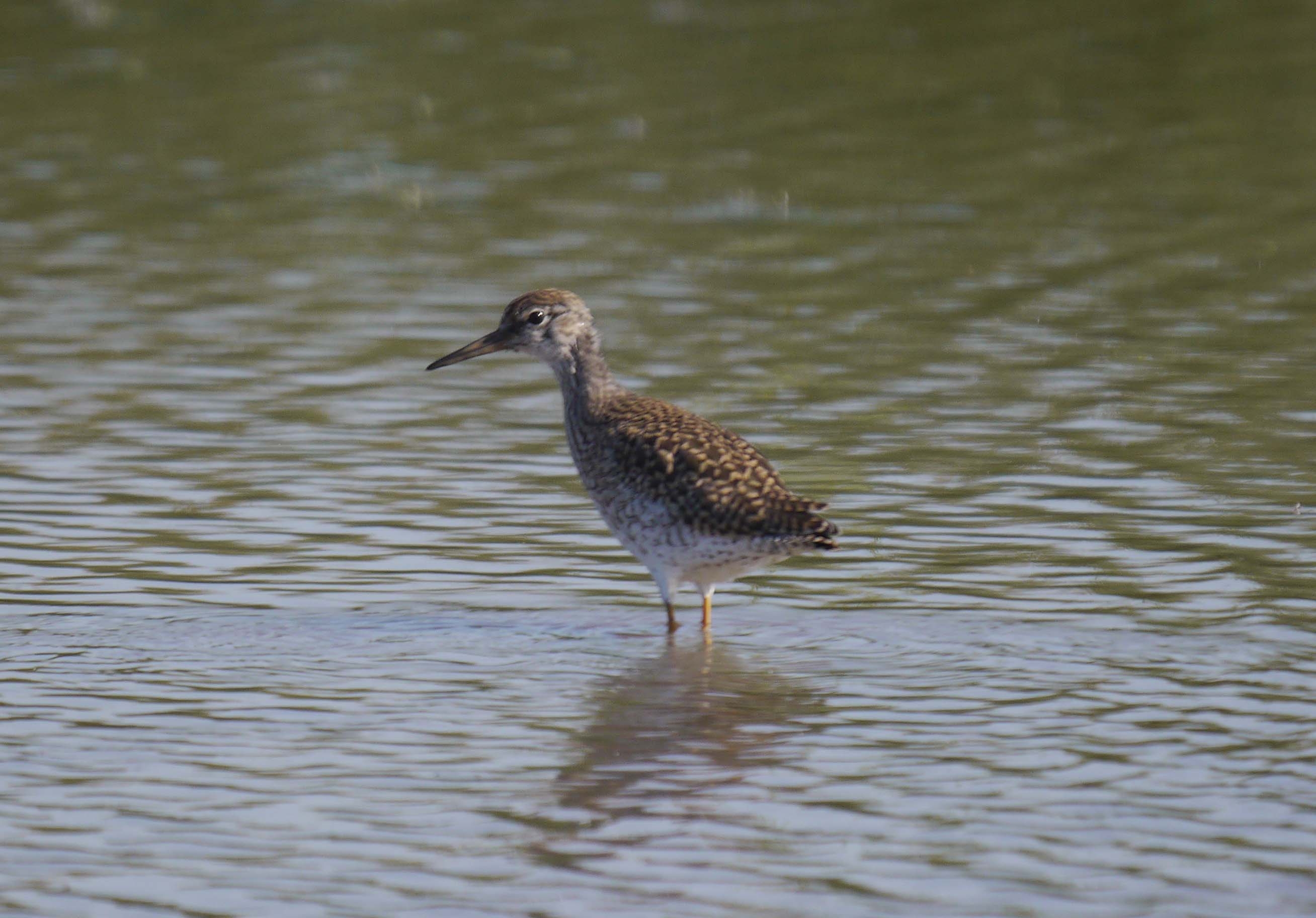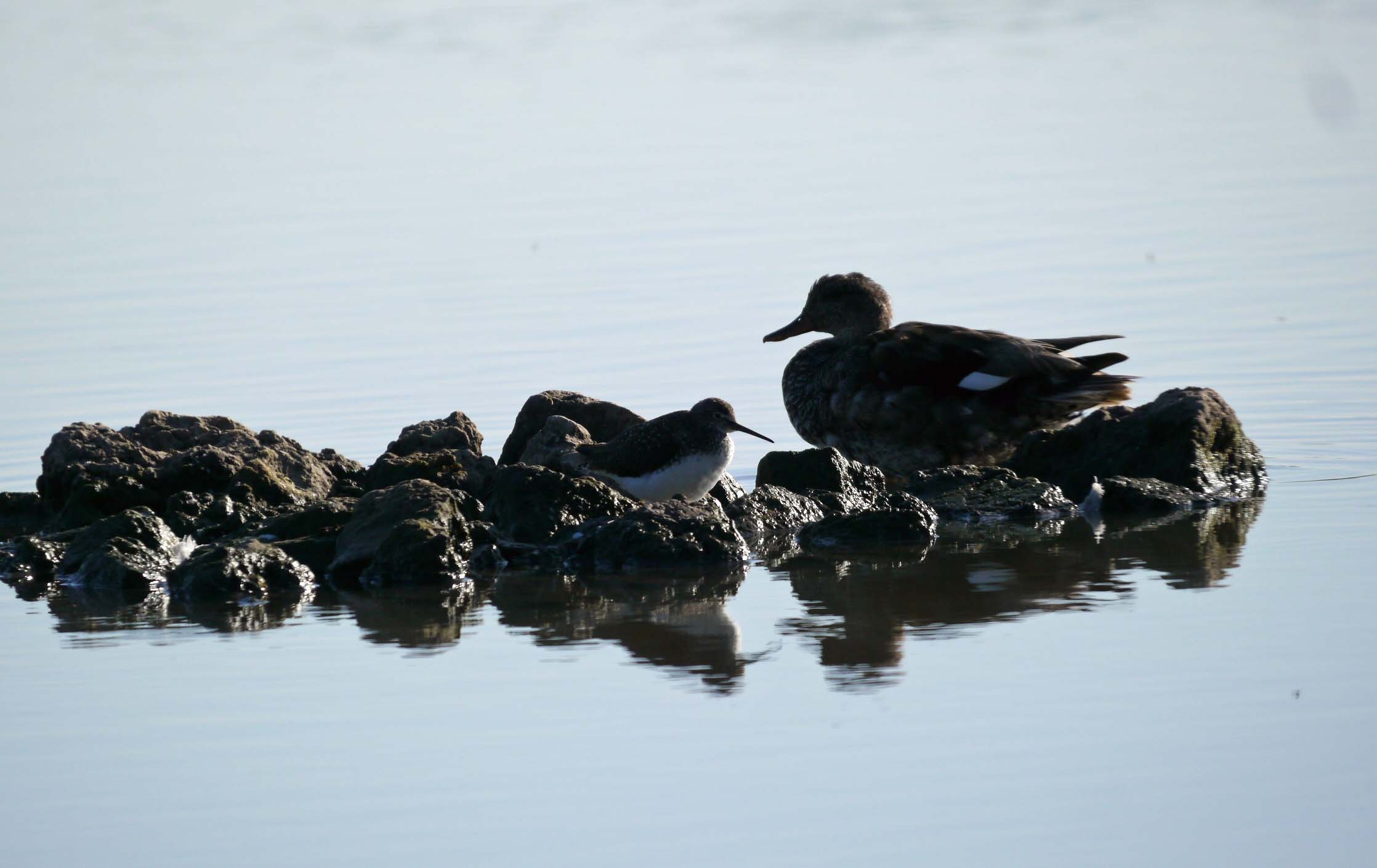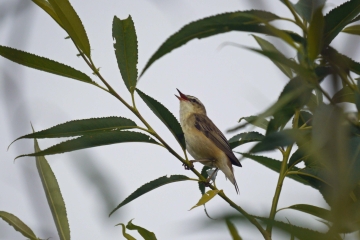More passage waders
We've seen an arrival of Little Ringed Plover overnight, adding to birds seen yesterday and our two breeding pairs
We've seen an arrival of Little Ringed Plover overnight, adding to the birds seen yesterday and our two breeding pairs.
Two juvenile Little Ringed Plover were on the South Lake this morning, whilst our two adult pairs are safely incubating their eggs on nests inside the protective cages. Over at the Zeiss Hide a further seven adult Little Ringed Plover were noted along with another juvenile. These are all migrant birds that haven't bred on the reserve but are already heading south. The great photo above was taken by our volunteer Jonathan Bull.
South Lake
The two breeding plumage Spotted Redshank were on the wader scrape this morning along with 12 Black-tailed Godwit, the two pairs Little Ringed Plover on nests plus two migrant juveniles, five Oystercatcher, 28 Redshank and two male Ruff. Two adult Little Grebe were on the deep lake along with three drake Pochard, 49 Coot and 48 Gadwall.
Estuary Tower
A Marsh Harrier was on the Dumbles early morning before heading off north over the estuary. A Sparrowhawk was perched up in willows around the Long Ground Pool.
Zeiss Hide
The Wood Sandpiper was again on the Top New Piece this morning. Also of note were 124 Black-tailed Godwit, two Oystercatcher, seven adult and one juvenile Little Ringed Plover (all migrant birds) and 18 Lapwing.
Middle Point (Summer Walkway)
The mudflats held 49 Curlew, six Oystercatcher, three Little Egret, 27 Avocet and over 300 Shelduck this morning. Yesterday a small flock of nine Dunlin were also noted, and a higher Avocet count of 172 birds.
Shepherd's Hut (Summer Walkway)
The male White-spotted Bluethroat was showing again this morning on the reedbed perches.
Rushy Hide
The Black-winged Stilt was on the lower pond this morning after going missing yesterday. Also counted here were three Green Sandpiper, 15 Redshank, five adult Avocet with four well-grown chicks, 17 Gadwall, nine Shoveler (including four juveniles) and two Oystercatcher.


